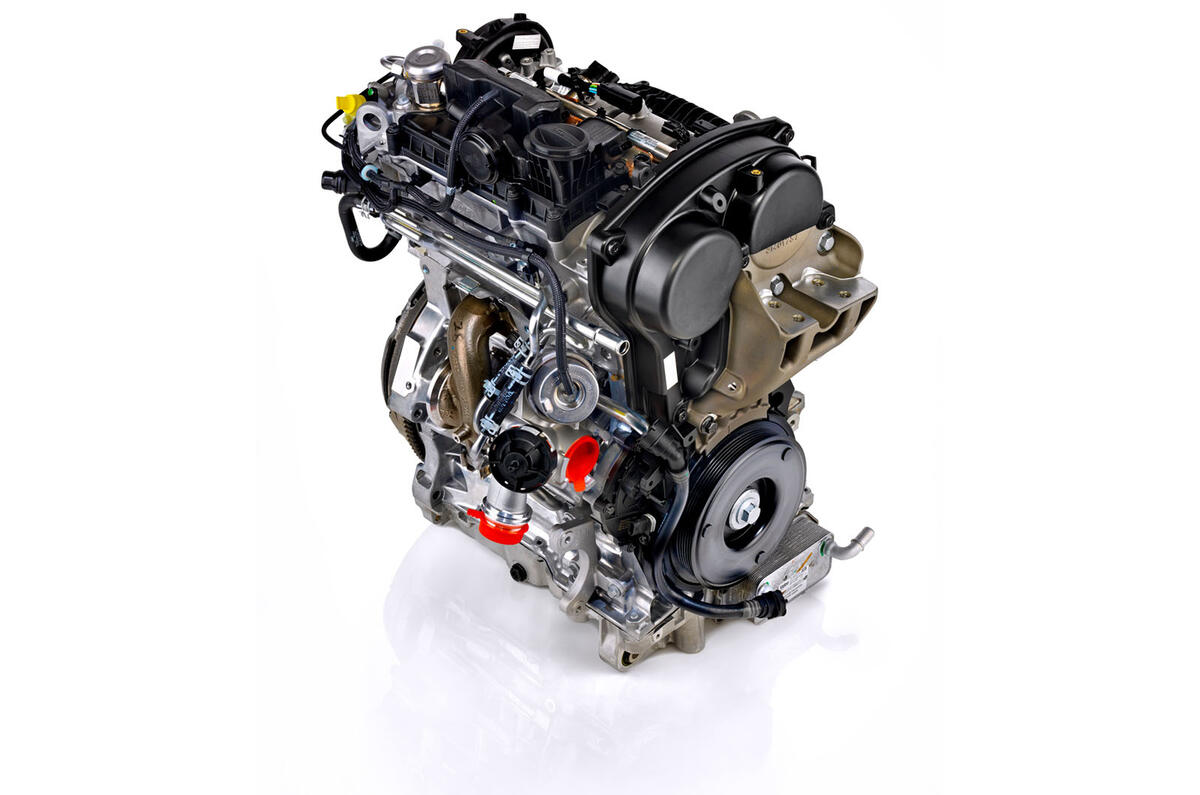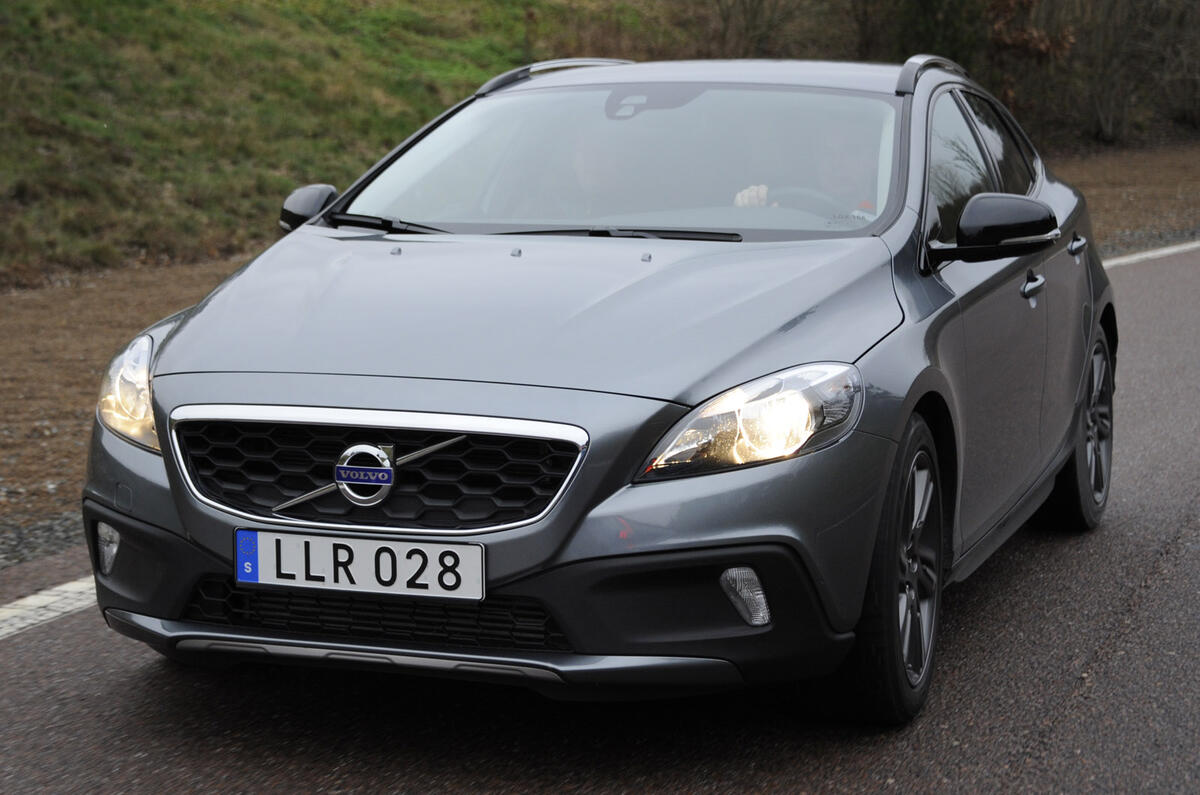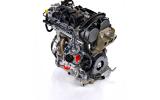Volvo has started testing of its new three-cylinder petrol engine which will join its range of Drive-E powertrains in 2017.
The 1.5-litre powerplant, first announced in August, is a key part of Volvo's strategy to hit a fleet average of 95g/km of CO2 by 2020 purely with conventional internal combustion engines and without having to rely on hybridisation.
"We must achieve 95g in 2020 with our engines and then add electrification on top of that," said Volvo powertrain chief Michael Fleiss.
The new engine is intended for use in Volvo's small cars built around the Compact Modular Architecture (CMA), as well as the larger S60 and V60 which is underpinned by the new Scalable Platform Architecture. It can be hooked up to manual and automatic transmissions as well as four-wheel-drive and hybrid systems. Volvo has installed the engine in a V40 Cross Country test car.
Advanced turbocharging technologies will ensure it can produce a suitable amount of power even for the Volvo S60 and V60 models; the unit will be capable of being tuned to around 180bhp.
The engine moved from Volvo board approval to test firing in just 48 weeks, which Volvo claims is a remarkably quick development cycle for a new unit. It will undergo a further 24 months of development before being signed-off for production.
“We have learned a lot from the development of our four-cylinder Drive-E engines and translated this into a highly responsive, compact and powerful premium-quality three-cylinder engine," said Fleiss.
"This engine needs to be very good when it comes to noise, vibration and harshness (NVH). Volvo is a luxury brand and we cannot destroy this with a rough-sounding engine."
The new triple, which can be built on the same production lines in Sweden and China as Volvo's Drive-E four-cylinder units, adheres to European and Chinese emissions regulations and will also be future-proofed to meet more-stringent Euro 7 targets.
Volvo isn't considering a three-pot sister to its four-cylinder Drive-E diesel engine, however. Fleiss cited NVH requirements as the main reason: “You don’t get so much of a gain of fuel consumption but you get a lot of noise".
When its specification is finalised, the three-cylinder unit will "share some genes" with the next iteration of four-cylinder Drive-E engines, which will arrive at the end of this decade.
Get the latest car news, reviews and galleries from Autocar direct to your inbox every week. Enter your email address below:







Add your comment